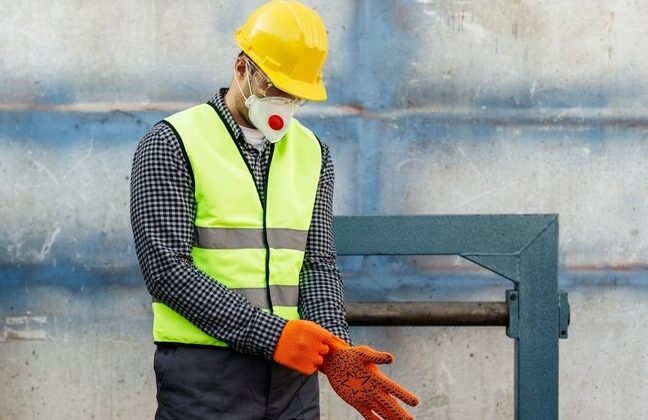
Trees not only beautify our surroundings but also play a pivotal role in maintaining ecological balance. However, just like any other living entity, trees require care and sometimes immediate intervention due to unforeseen circumstances. In this article, we’ll delve into the essential services provided by tree care professionals and the critical role of emergency tree care.
The Importance of Regular Tree Services
Professional tree services encompass a range of activities designed to maintain the health and safety of trees. These services include pruning, which helps control the size and shape of the trees, and also ensures the health of the tree by removing dead or diseased branches. Another significant service is tree removal, which is often necessary when a tree becomes a hazard to structures or human safety. Tree removal can be a complex task, especially for large trees or those located near buildings or power lines.
For those seeking expert tree removal services, it’s crucial to choose professionals who are equipped to handle the complexity of the job safely and efficiently. One can find more information on expert tree services by visiting Baumann Tree, which specializes in such tasks.
When Trees Demand Immediate Attention: Emergency Tree Care
Sometimes, trees can pose immediate threats due to sudden breakage, diseases, or adverse weather conditions. Emergency tree care becomes essential in such situations to prevent potential damage to property or injury to individuals. This type of service is typically available 24/7, providing peace of mind that help is available in critical times.
Handling emergencies involving trees requires quick decision-making and professional intervention. Services may include removing fallen trees or hazardous branches that threaten to fall, assessing the health of trees after a storm, and other immediate measures to secure safety.
For those unexpected tree crises, NC Trees Are Us offers reliable 24-hour emergency tree care, ensuring that professional help is just a call away whenever disaster strikes.
The Benefits of Professional Tree Care
Engaging with professional tree services offers numerous benefits. Firstly, it ensures that all tree care activities are done safely. Professionals are trained to handle various tools and techniques, whether it’s climbing high trees, using chainsaws, or performing delicate pruning. Secondly, regular maintenance of trees can significantly extend their life and beauty, enhancing overall property aesthetics and value.
Moreover, professional tree care can prevent potential legal issues. Incorrectly or negligently handled trees can cause damage to property or injury, potentially leading to lawsuits. Professional services ensure that all activities are compliant with local regulations and standards.
Conclusion
Trees contribute significantly to our environment and personal well-being, making their care an essential aspect of property management. Whether it’s routine maintenance or urgent attention due to emergencies, professional tree services ensure that your trees are in optimal condition and safe for the surrounding environment.
From removing risky trees to handling sudden tree crises, professional tree care services not only preserve the natural beauty but also safeguard communities. Regular and emergency tree care ensure that trees continue to enhance our lives and landscapes safely and beautifully. Engaging with seasoned experts like Baumann Tree for regular tree services and NC Trees Are Us for emergency responses ensures that your leafy companions are managed with the utmost professionalism and care.

















